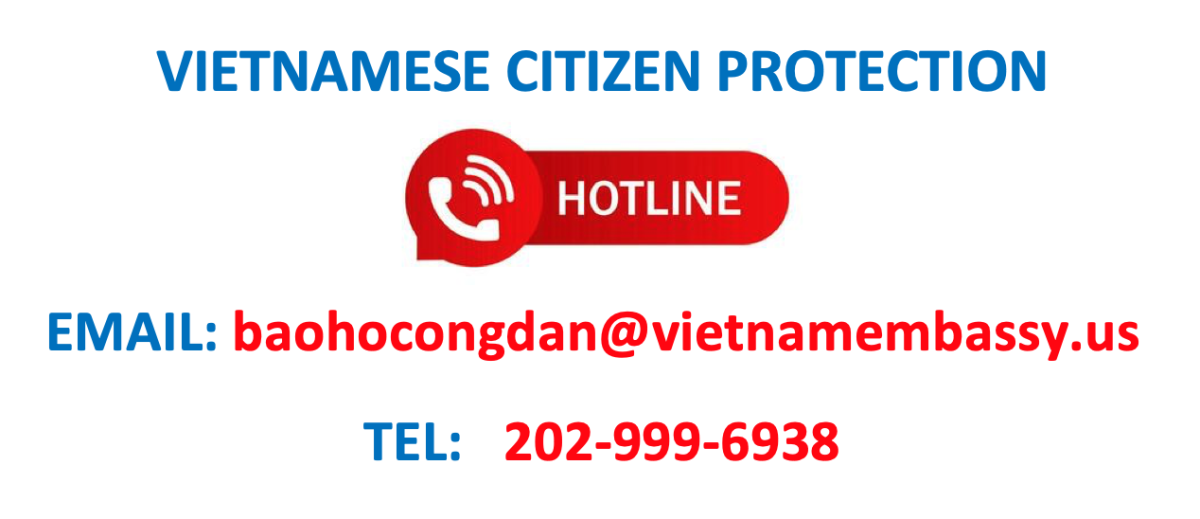History
Viet Nam is located in a region considered a cradle of mankind, one of the earliest agricultural centers practicing wet rice farming, where the stone and metallurgical revolutions took place. On the basis of socio-economic development in the Dong Son Era and given the struggle against natural disasters and foreign invasion, the Van Lang State, the first State in Viet Nam was established in the 7th century B.C. With their hard work and creativeness, the Van Lang (and then Au Lac) inhabitants created a civilization that influenced the entire Southeast Asian region. Together with the formation of the first State in Viet Nam’s history was the evolution of a diverse economy and an advanced civilization known as the Red River Civilization (or Dong Son Civilization), symbolized by Dong Son bronze drum, a heritage reflecting the quintessence of the lifestyle, traditions and culture of the ancient Vietnamese people.
In the cause of national building, the Vietnamese people had to cope with various foreign aggressions. During 12 centuries from the resistance war against the Qin Dynasty in the 3rd century B.C until late 20th century, the Vietnamese had to launch hundreds of struggles and uprisings against foreign aggressions. The principle of placing the small and weak forces before much larger and stronger ones has become the rule of thumb in the national defense wars of the Vietnamese people.
Since the 2nd century B.C, Viet Nam had been dominated by different Chinese feudal dynasties for more than a thousand years. During this period, the existence of the nation had been challenged, giving rise to the spirit of undauntedness and unyieldingness of the Vietnamese people in the struggle to maintain the nation’s vitality, to preserve the quintessence of its culture and to gain national independence.
The Bach Dang victory in 938 opened up a new era in Viet Nam’s history – the era of development of an independent feudal state, national construction and defense. As a result, the centralized administrative state was established under the Ngo (938-965), Dinh (969-979) and Earlier Le (980 - 1009) Dynasties.
Viet Nam entered the period of renaissance and development under the Ly (1009-1226), Tran (1226-1400), Ho (1400-1407) and Le So (1428-1527) Dynasties. Dai Viet, the name of the country under these dynasties, was known as a prosperous nation in Asia. This period marked the golden age of Viet Nam’s history. In economic terms, this period saw the development of agriculture and irrigation (with the construction of the Red River Dike) and the formation of traditional handicraft villages. In religious terms, traditional beliefs, Buddhism and Confucianism were considered the three co-existing official religions. One important achievement in the Ly-Tran Dynasties was the introduction of Nom scripts, Viet Nam’s own writing system based on the reform and Vietnamization of Chinese Han scripts. In addition, this period also marked the splendid development of education, science, culture, art, history and law (establishment of Van Mieu - Quoc Tu Giam, introduction of Hong Duc Code and Complete Book of Dai Viet History). This period was called the Civilized Age of Dai Viet. Thang Long (the old name of Ha Noi) was officially recognized as the imperial capital city of Dai Viet according to the Proclamation on the Transfer of the Capital to Ha Noi in 1010 by Ly Thai To.
From the 16th century, the backwardness and weakness of the feudal regime under Confucius ideology were revealed. Feudalism fell into a decline. While many nation states in Europe were moving to capitalism, Dai Viet was bogged down in civil wars and divisions, which heavily impeded the country’s evolution despite certain developments in the economy and culture, the establishment of towns and ports and the rapid growth of domestic and international trade between the 16th and 18th century.
In the early 19th century, Western capitalist countries entered the period of imperialism and colonialism. Through missionaries and trade, the French gradually dominated Viet Nam. For the first time in history, Viet Nam had to cope with the invasion of a Western industrial country. In that context, some Vietnamese intellectuals were aware of the need to carry out reforms, bringing the country out of stagnation and save national independence. Many reform plans were proposed, yet rejected by the Nguyen Dynasty. Subsequently, the country was driven into backwardness and deadlock and became a semi-feudal colony for nearly 100 years from 1858 to 1945.
The founding of the Communist Party of Viet Nam on 3 February 1930 was an important milestone in the Vietnamese history. In August 1945, under the leadership of the Communist Party headed by President Ho Chi Minh, the Vietnamese people successfully launched an uprising to seize power and the Democratic Republic of Viet Nam came into being on 2 September 1945.
The newly founded Viet Nam had to go through another 30-year-long struggle for national liberation and reunification. Dien Bien Phu victory and Geneva Accord in 1954 put an end to the war of resistance against the French colonialists. According to the Accord, the country was temporarily separated along the 17th Parallel North into two territories, North Viet Nam and the South Viet Nam, which were expected to be reunified two years later with a general election. South Viet Nam was ruled by a pro-French and then pro-USA government in Saigon. Though Saigon regime attempted to prevent reunification, it failed to subdue peace and national reunification campaigns. As a result, the National Liberation Front for South Viet Nam was founded on December 20 1964.
Between 1954 and 1975, Viet Nam had to stand up for national liberation and unification. To support the South Viet Nam regime, the US sent military aid and over half a million soldiers to Viet Nam, and started bombing North Viet Nam in 1964. To fulfill President Ho Chi Minh’s apiration that "nothing is more precious than independence and freedom", the Vietnamese people experienced untold hardship and sacrifice. In 1973, the Paris Accord was signed for restoration of peace in Viet Nam and withdrawal of the US troops. The war came to an end in spring 1975 as the patriotic armed forces launched an offensive against the Saigon regime, liberated southern Viet Nam and reunified the country. Since then, the unified Viet Nam has ushered into a new era of peace, unification and national construction. Democratic Republic of Viet Nam was renamed Socialist Republic of Viet Nam on April 25 1976. In 1977, Viet Nam became a member of the United Nations.
In the first ten years of post-war period, many socio-economic targets could not be achieved due to both internal and external reasons. Viet Nam’s economy fell into crisis and stagnation. People’s lives were difficult.
At the 6th Congress of the Communist Party in 1986, Doi Moi (reform) policy was launched with focus on economic reform. This marked an important milestone in Viet Nam’s new stage of development. Doi Moi policy was consistently reaffirmed throughout later Party Congresses. For over 20 year, Viet Nam, from a food importer, has become the second largest rice exporter in the world. Viet Nam also exports various other commodities with well-known brands. The economy has attained high growth rate during the late 20th century and early years of the 21st century. People’s lives have been significantly improved. The legal system has become increasingly improved and social management based on the rule of law has been put into place. Security and national defense have been firmly maintained and international relations have increasingly been extended and deepened.
Throughout the formation and development of Viet Nam, patriotism, self-reliance, tradition of unity and the willpower to fight for the righteous cause of the nation are the most important features and the moral standards of the Vietnamese. The tradition of industriousness, creativeness and patience originates from the life full of hardship of the Vietnamese people. The need to stand united to cope with difficulties and challenges has created close bonds between the people and the nature and among the people, which can be observed in the family as well as the community no matter at home, village or nationwide level. Throughout history, the Vietnamese people are also characterized by traditions of mutual assistance, ethic-based lifestyle, benevolence, hardship sharing in needy times, high consensus, quick adaptation and integration, flexible behavior, eagerness to learn, respect for righteousness, and tolerance. These are the powerful and endless endogenous strengths for the Vietnamese people to embark on the cause of national construction towards the goals of strong country, prosperous people, and just, democratic and advanced society./.



